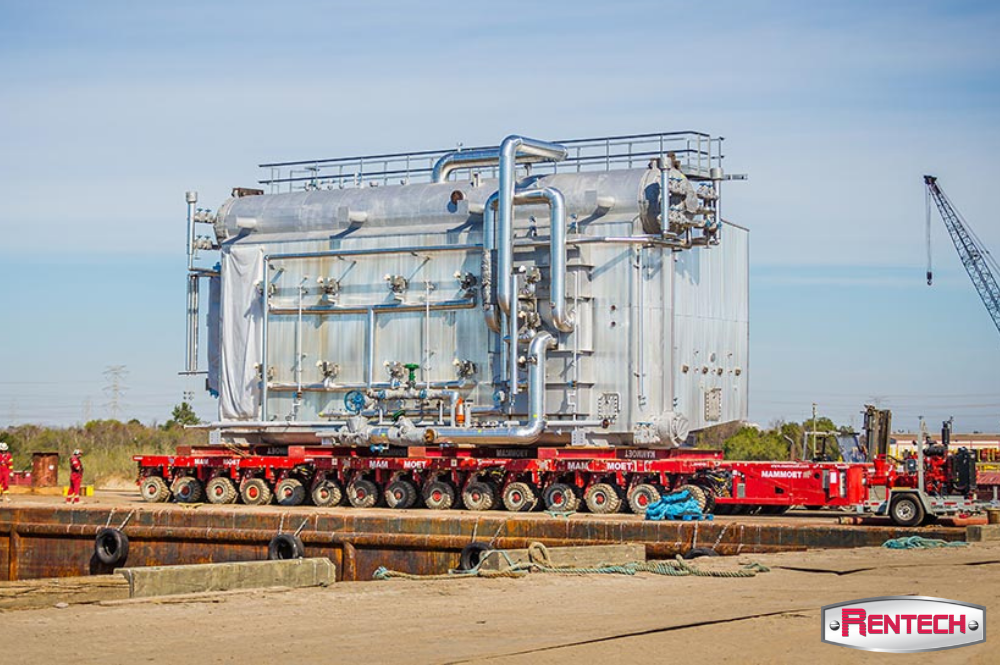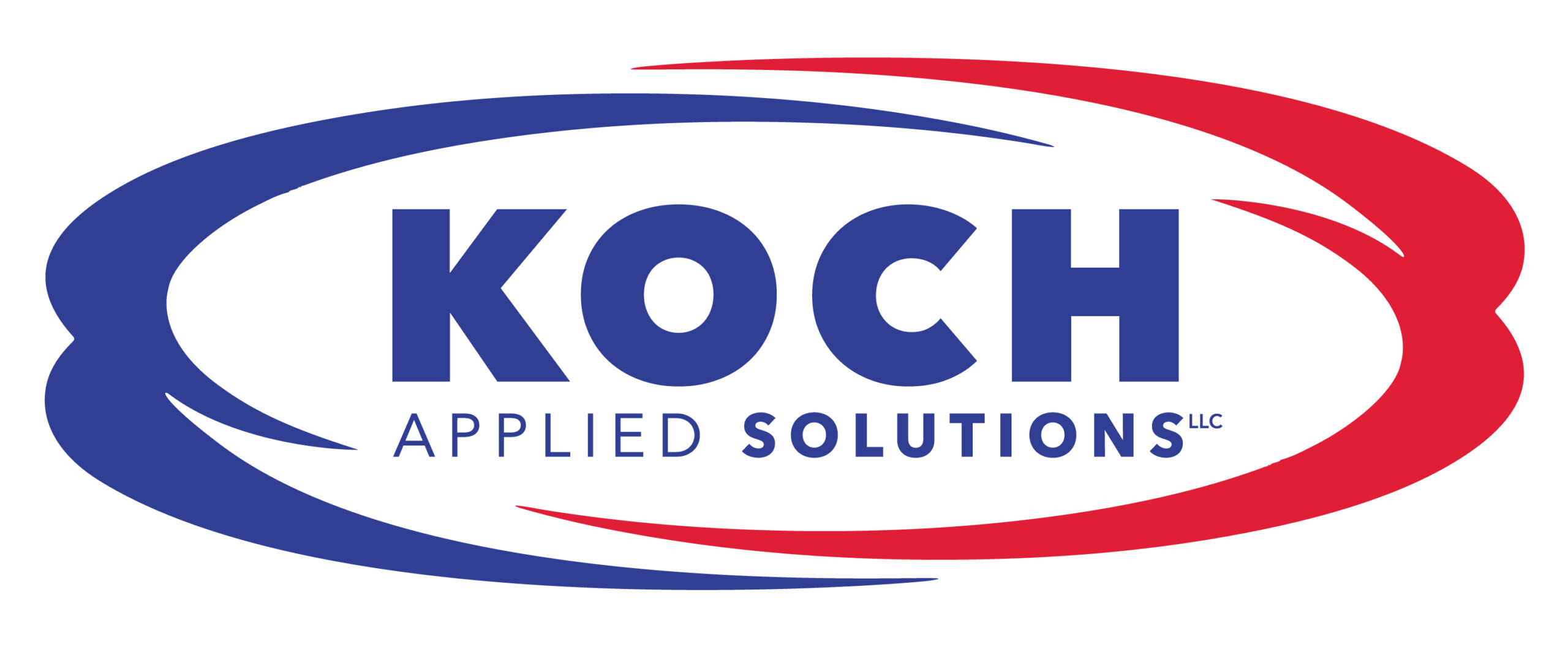To satisfy large loads or to provide superheated steam to process applications with the highest degree of efficiency and safety, watertube boilers offer an excellent alternative to conventional firetube boilers. Watertube technology is a more recent development in boiler technology compared with the more traditional fire tube design. The primary difference between these types of boilers lies in the operation.

In a watertube boiler, fuel is burned inside the furnace, or radiant section, of the boiler. In this section, heat is transferred through the radiant heat of the flame itself. The combustion of the fuel generates hot gas that flows through the boiler. Additional heat is transferred inside the boiler when the hot gas hits the back wall of the boiler and turns into the convective section, where even more heat is scrubbed from the gas. This additional heat absorption helps reduce the quantity of fuel needed to produce the level of heat transfer required for the application.
The radiant heat of the flame and the hot gas traveling through the boiler heats up water-filled tubes positioned on the walls of the boiler. These tubes run vertically throughout the entire heighth of the boiler. Completely sealed, and usually welded together with spacer fins, these water tubes are resistant to high pressure and impervious to fire or gas. With the water in the tubes, the same steam load can be satisfied with less water in the boiler.
The water heated inside the tubes rises to the top of the boiler and is collected in a steam drum. Boiling water sits at the bottom of the steam drum and is continuously heated by the fire and gas generated by the burner. This boiling water eventually becomes steam that is emitted by the boiler and used for process purposes. The large headers in water tube boilers hold a reserve of usable steam that allows the boiler to handle larger fluctuations in demand.
An additional watertube boiler efficiency-enhancing feature is the downcomer tube. This tube connects the steam drum and feeder tube so that if steam cools and condenses, water condensation can be captured and reintroduced into the boiler. In addition, the water in the tubes heats as it rises and drops as it cools towards the top of the tubes. This creates a natural circulation in the boiler that prevents hot spots on the tubes.
Conversely, in firetube boilers, the water used to produce the steam is in a large vessel through which tubes containing the hot gasses are run. This design requires a high volume of water in the boiler and creates more stress on the tube and tube sheets as they are seeing higher temperatures. In addition, the higher water volume required in a fire tube boiler creates a large mass of stored energy that can be dangerous in the event of a pressure vessel rupture. Boiler failures in water tube boilers tend to be leaks instead of catastrophic failures due to lower water volumes and thicker materials used for the tubes, making them intrinsically safer.
Along with the advantages mentioned, watertube boilers can also be customized to fit different applications. They can be supplied with oversized headers for better tracking of steam loads, come in different arrangements to fit in unique spaces, and can be configured to burn a multitude of different fuels, and meet stringent emissions requirements. For more information contact one of our System Sales Engineers today!
Questions? Your Lathrop Trotter sales engineer can help! Contact Us


